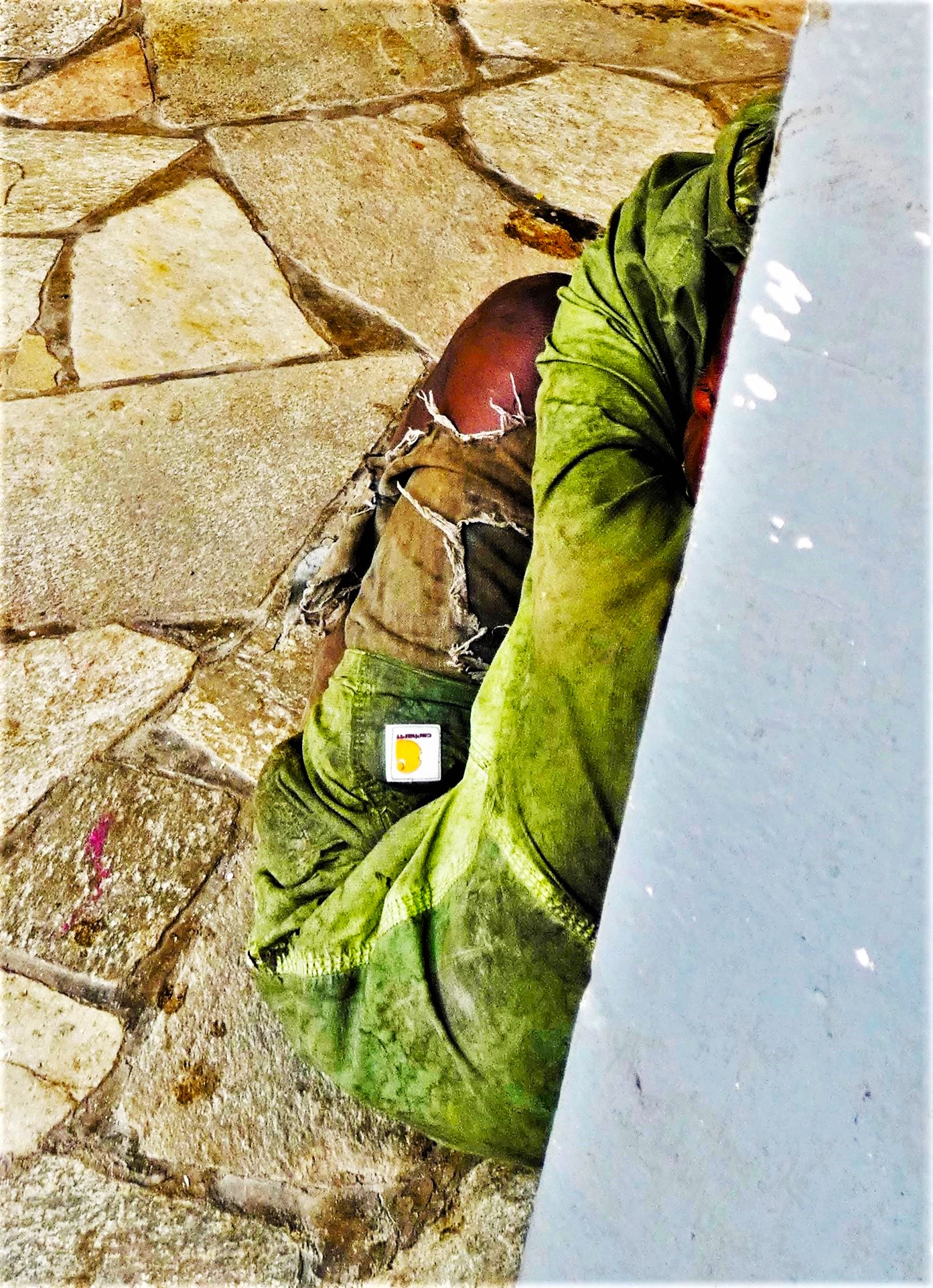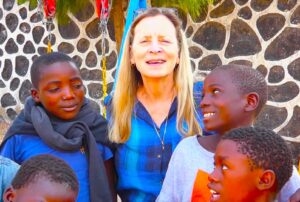
How could we not have seen them? 
We write often about the challenges faced by those who live in this part of the world where we serve: volcanic eruptions, outbreaks of Ebola, constant threats from militia groups in the surrounding hills. There are also hundreds of children who live on the street in the city of Goma, our home in eastern Congo. Many are orphans: parents killed by the militia or succumbed to disease, others abandoned by families unable to care for them. They are ever present in the streets, sleeping on the sidewalks, begging for food at car windows… ragged and thin. Bill and I moved to Goma in 2016 and passed these children every day on our way to work; we would glance at them, think how sad… and then continue on our way.
Until we stopped seeing with our eyes…
After the volcanic eruption of 2021 many of these children came to Sunday school… desperate for clothing, something to eat, shelter. As we prayed about how to help them with our limited resources, we simply started with what we had (clothing, food, etc.). In short time God provided funding for a new building for a full time day program and then additional funding for a transit shelter at night. We named our program ‘Enfants Bien Aimés’ or ‘Beloved Children’, just as God sees them. The program has been running for over a year and continues to bless not just the children, but us as well. Now, as we drive through the streets of Goma, it’s different. I see them; not as a reminder of the violence, diseases or conflict among us… but as children who God dearly loves and who challenges us to love them the same.
I see you!
I remember when I evacuated Zaire with our four children in 1998 during the war while Bill remained behind. We relocated to South Africa to Natal province, traditional homeland of the Zulu people. One of their leaders would come and talk with us about their language and customs. The Zulu greeting when one encounters someone is ‘sawubona’. However, ‘sawubona’ does not mean hello. Literally it is translated, “I see you.” Seeing someone gives worth to that person.
Simon do you see her?
In Luke 7 there is the story of a woman overcome by grief and sin, kneeling behind Jesus, and wetting his feet with her tears. Jesus turned to Simon and asked, “Do you see this woman?” He wasn’t asking Simon to reflect on the circumstances of her anguish…but rather to look at her, the one at his feet. He simply asked, “Simon, do you see her?”
As we drove through the city streets when we first arrived, I saw with my eyes the plight of these children and felt sadness at the circumstances which had befallen them… but I did not ‘see them’ as God wanted me to. Now it is with my heart that I see. My heart aches when I see them … homeless, abandoned, hungry and cold. I imagine that is what Jesus intended for Simon to see: the woman, not the sin or her circumstances. I remember a hymn we used to sing in church. “Open my eyes that I may see, glimpses of truth thou hast for me.”

One of our Sunday school teachers, a high school student named Richesse, often goes out to the hillside of the city to fast and pray. He came to see me last week after such a journey and said he had a message for me from God. He said, Maman Ann, God wants you to know, “I see you.”
El Roi, one of the Hebrew names for God literally means “the God who sees me”. What a comfort to know that our creator sees us! But He also asks us to open our eyes and see with our hearts those we encounter along our paths.
The LORD does not look at the things people look at. People look at the outward appearance, but the LORD looks at the heart. 1 Samuel 16:7